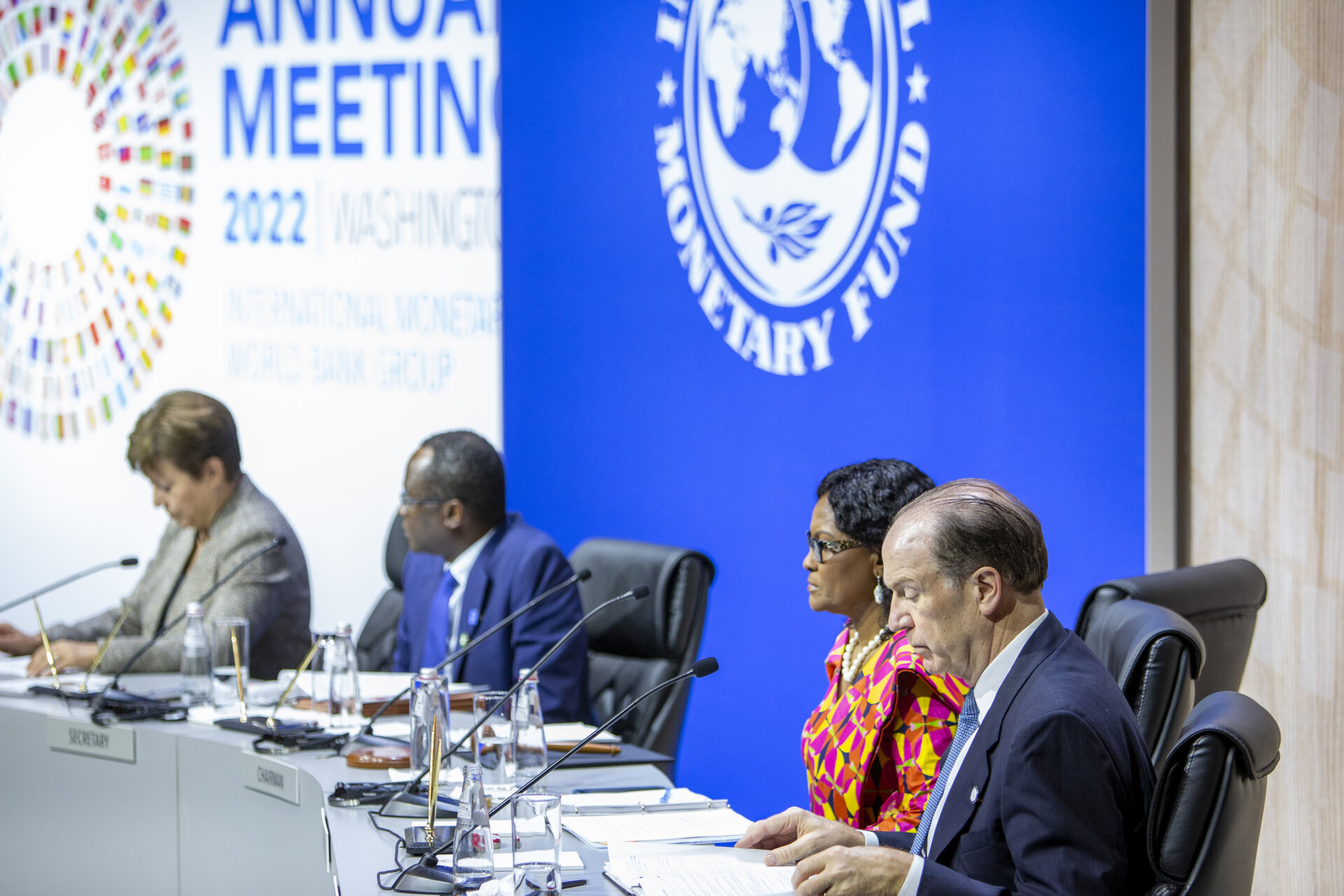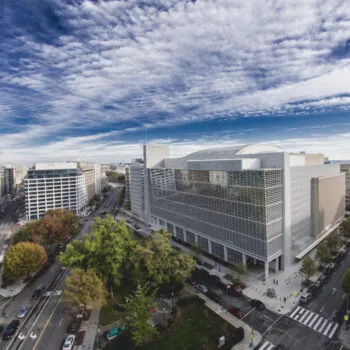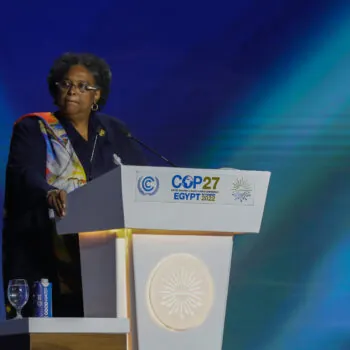The World Bank Evolution Roadmap, called for one year ago at the Annual Meetings, has produced real-world reforms in a short time. New lending and a shift in the Bank’s mission toward global challenges represent progress, but these initial tweaks won’t come close to solving climate change. To scale the required finance, Bank shareholders must connect proposals to G20 processes, pledge new resources, and build the politics for a global push towards a bigger, better multilateral development bank (MDB) system.
Twelve months have passed since Janet Yellen challenged the World Bank to re-examine how it addresses cross-border issues like climate change and pandemics – problems that no country can borrow its way out of alone. In that time, the world has been hit by record heatwaves, wildfires, an earthquake in Morocco, and a flood in Libya. But what can the Bank adequately deliver in response?
Well… plenty.
With a new president and a new mandate, expectations are high at this year’s World Bank / IMF Annual Meetings for shareholders to enact reforms to unlock future investment for clean development. To make sense of these ideas, it’s worth considering how they fit into the wider landscape of international finance.
Evolution Roadmap: quick wins
The reform process kicked off when the US, Germany, and other donor shareholders put forth a non-paper last year, calling for World Bank “evolution”. Since then, the World Bank board has responded with a string of quick wins, none of which were easy, including:
- A new mission to be agreed in Marrakech that emphasises poverty alleviation and shared prosperity “on a liveable planet”.
- An increased focus on transnational “global challenges” (including climate change, pandemics, conflict), with related proposals contemplating new incentives for borrowers.
- Recognition that the Bank has been too cautious in the face of catastrophe. The Bank has lowered the equity-to-loan ratio from 20% to 19%, thus taking on slightly more risk, to free up $50bn in new lending over the next decade.
- Greater attention for callable capital, hybrid capital, and guarantees. Each of these could be used to leverage or de-risk more lending for clean development.
These are not insignificant achievements for a deep-rooted institution with global governors – but we need to go much bigger, much faster.
Bridgetown Initiative and Paris Summit Pact: moving climate finance up the agenda
Last year also saw the launch of the “Bridgetown” suite of ideas to reform the international finance system, some of which landed at the Paris Summit in June. In addition to shining a light on debt and disaster-related suspension clauses, the Bridgetown Initiative moved the concepts of “loss and damage” funding and concessional lending for climate-vulnerable countries firmly up the board. Next up: expanding multilateral lending by up to $1 trillion via capital adequacy reforms, Special Drawing Rights, guarantees, and a foreign exchange risk facility.
G20 MDB review: how to triple finance
Likewise, India’s G20 Presidency established a taskforce to evaluate systemic reform of the multilateral development banks (MDBs), beyond the World Bank alone. The experts recommend tripling MDB finance from $130 billion to $390 billion annually for climate change and the Sustainable Development Goals. This should be combined with bilateral and private sector lending to mobilise an additional $1 trillion/year for emerging markets. Some of this will require donors to reach deeper into their pockets. However, MDB measures are equally important, such as incentivising staff to take more risk and prioritise private capital mobilisation.
The G20 showed MDB reform is a top priority for key actors including the White House, despite the geopolitical headwinds, but collectively we need a better sense of the lending benchmarks. It will take time to triple MDB finance, and the danger is that we walk away too soon.
Timeline to increase World Bank capital
To hit these targets, World Bank shareholders must be clear on the agenda and on building the right coalition, at this and future Annual Meetings. In Marrakech, E3G is convening a group of thinkers to map out a political sequence to guide more technical reforms.
It’s not clear whether the politics are yet ripe for a General Capital Increase. However, if the Bank can stretch its efficiency and prove the concept on financing global challenges, we may get there in the end. Here’s a suggested sequencing:
- 2023 Marrakech: Get the capital efficiency reforms done and the mission/vision finalised. Agree a concessional allocation framework for middle-income country borrowing. Start discussion on credit and grant replenishment for low-income countries.
- 2024 Brazil G20: Donors stump up guarantees and hybrid capital to hit World Bank President Banga’s target for a one-time $100–125 billion lending boost.
- 2026 USA G20: Land the General Capital Increase and formalise institutional reforms across the World Bank and wider system. This should include new arrangements to deal with political risk, currency risk, and global challenges.


